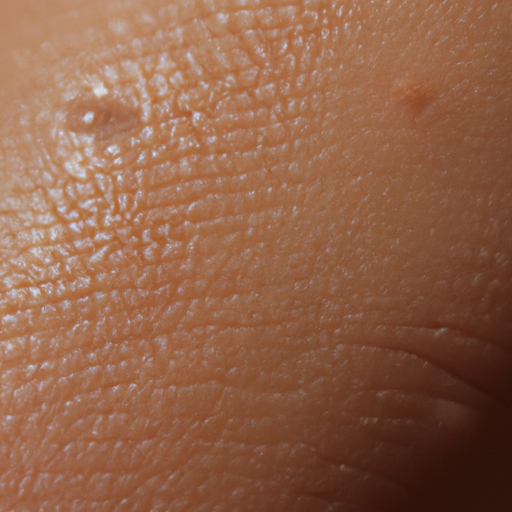The Battle Against Shine: Unveiling the Secrets of Oily Skin Diagnosis and Treatment
As a dermatologist, I have encountered numerous patients struggling with oily skin. This common condition can be frustrating and challenging to manage, but fear not, for there are effective diagnosis and treatment options available. In this article, we will delve into the secrets of oily skin diagnosis and explore various treatment approaches.
Diagnosing oily skin is relatively straightforward. During a consultation, I assess the patient’s skin type, examine their medical history, and inquire about their skincare routine. Oily skin is characterized by excessive sebum production, resulting in a shiny appearance, enlarged pores, and a tendency for blemishes and acne breakouts. Additionally, patients with oily skin often experience a greasy texture and may find that their makeup does not last as long as desired.
Once diagnosed, the battle against shine begins with a comprehensive treatment plan tailored to each individual’s needs. The primary goal is to regulate sebum production, minimize pore size, and prevent acne breakouts. Here are some secrets to achieving these objectives:
1. Cleansing: A gentle cleanser specifically formulated for oily skin is crucial. Look for products containing salicylic acid or benzoyl peroxide, as they help to unclog pores and control oil production. Avoid harsh cleansers that strip the skin of its natural oils, as this can lead to rebound oiliness.
2. Exfoliation: Regular exfoliation is essential for oily skin. It helps remove dead skin cells, unclog pores, and promote cell turnover. However, be cautious not to over-exfoliate, as this can irritate the skin and exacerbate oil production. Opt for chemical exfoliants like alpha-hydroxy acids (AHAs) or beta-hydroxy acids (BHAs) for a gentle yet effective approach.
3. Moisturizing: Many individuals with oily skin mistakenly believe that they should skip moisturizers. However, this is a misconception. Proper hydration is crucial for maintaining a healthy skin barrier. Choose lightweight, oil-free moisturizers that provide hydration without adding excess oil to the skin.
4. Sun protection: Sunscreen is a non-negotiable step in any skincare routine, regardless of skin type. Look for oil-free or mattifying formulas to avoid adding unnecessary shine to the skin. Broad-spectrum protection with an SPF of 30 or higher is recommended.
5. Professional treatments: In more severe cases of oily skin, professional treatments like chemical peels or microdermabrasion can be beneficial. These procedures help to exfoliate the skin, reduce oiliness, and improve overall skin texture.
6. Lifestyle modifications: Certain lifestyle factors can contribute to oily skin. Stress, poor diet, and lack of sleep can all impact sebum production. Encourage patients to manage stress levels, eat a balanced diet rich in fruits and vegetables, and prioritize adequate sleep for optimal skin health.
In conclusion, the battle against shine can be won with proper diagnosis and treatment of oily skin. By implementing a personalized skincare routine that includes gentle cleansing, regular exfoliation, appropriate moisturization, sun protection, and potentially professional treatments, patients can achieve a healthier, less oily complexion. Additionally, lifestyle modifications can play a significant role in managing oily skin. As a dermatologist, it is my mission to empower patients with the knowledge and tools necessary to combat oily skin and achieve their desired skin goals.



